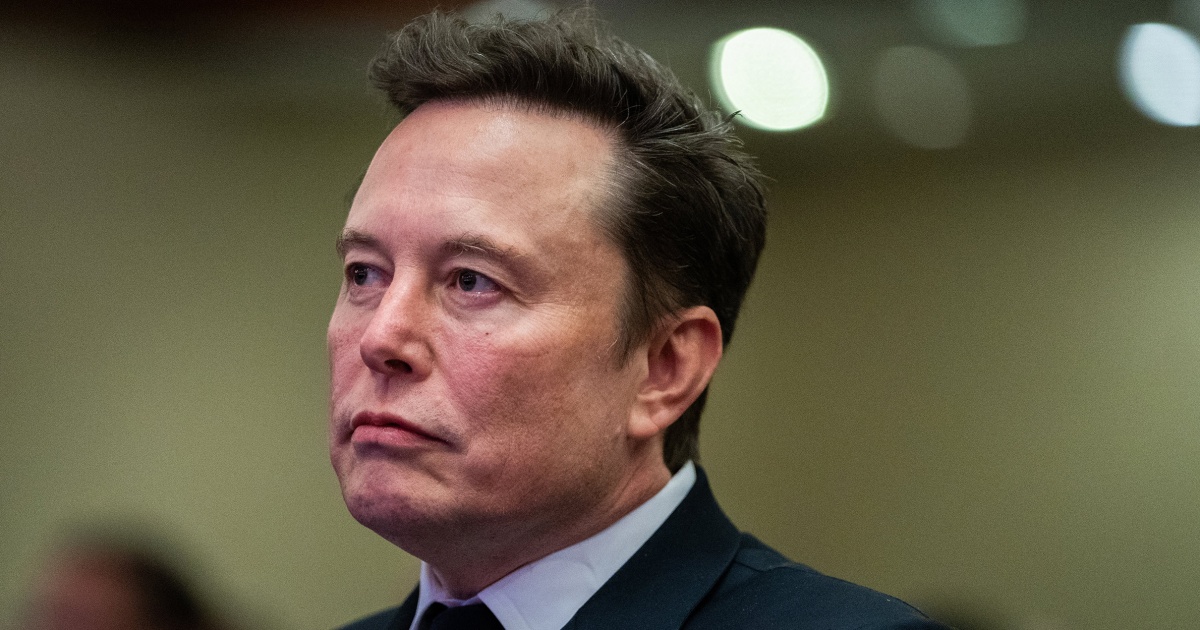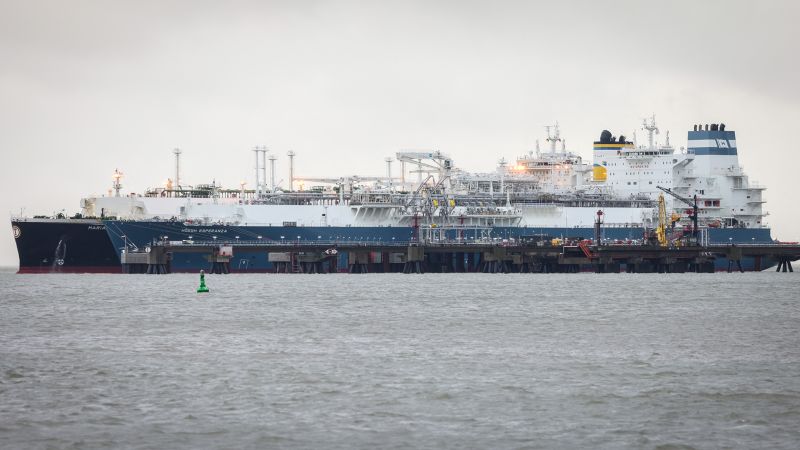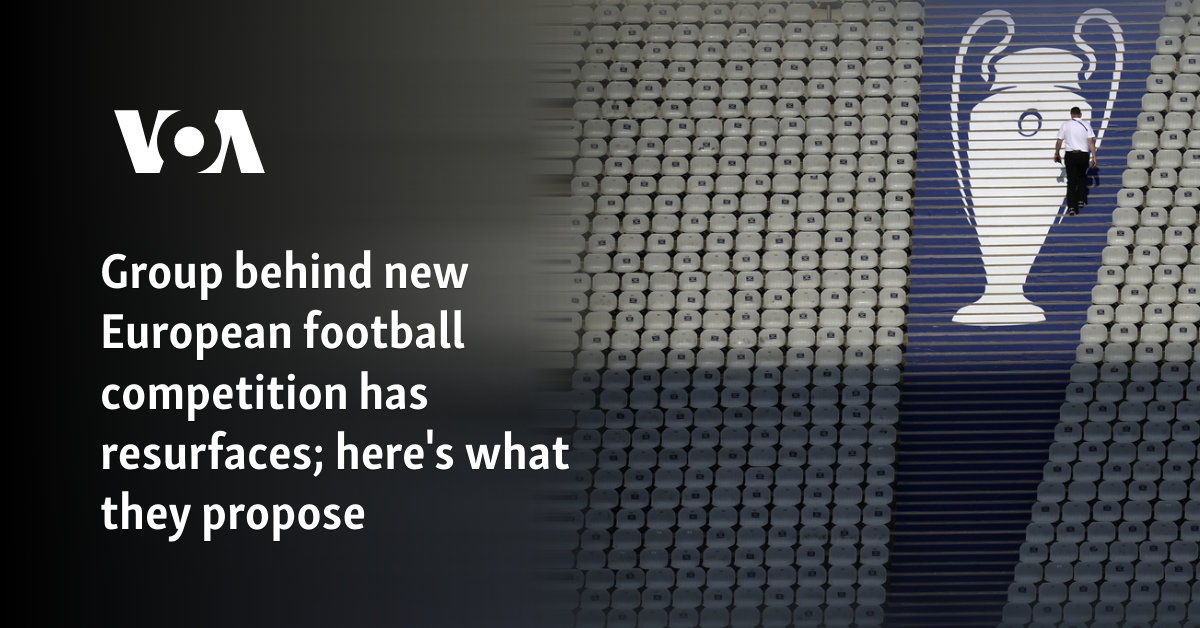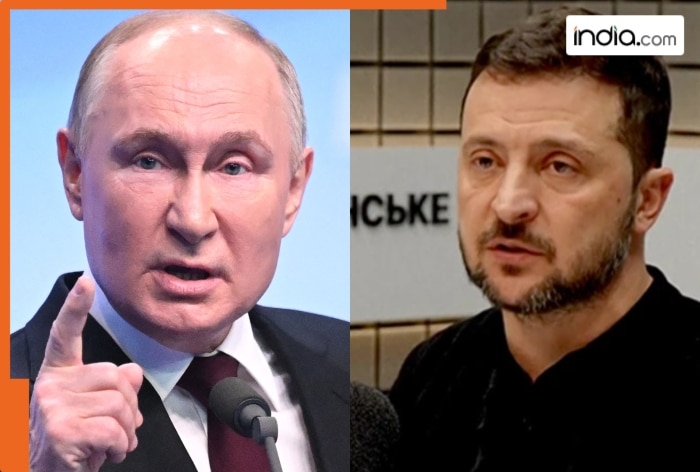Bussiness
ASX closes higher, European Commission says EU faces ‘existential challenge’ — as it happened
The report identifies three main areas for action to reignite growth.
Mr Draghi says in each area, the EU is not starting from zero. He says the EU still has general strengths — such as strong education and health systems and robust welfare states — and specific strengths on which to build.
“But we are collectively failing to convert these strengths into productive and competitive industries on the global stage,” he says.
First — and most importantly — Europe must profoundly refocus its collective efforts on closing the innovation gap with the US and China, especially in advanced technologies.
“Europe is stuck in a static industrial structure with few new companies rising up to disrupt existing industries or develop new growth engines.
“In fact, there is no EU company with a market capitalisation over EUR 100 billion that has been set up from scratch in the last fifty years, while all six US companies with a valuation above EUR 1 trillion have been created in this period.
“This lack of dynamism is self-fulfilling.
“The problem is not that Europe lacks ideas or ambition. We have many talented researchers and entrepreneurs filing patents.
“But innovation is blocked at the next stage: we are failing to translate innovation into commercialisation, and innovative companies that want to scale up in Europe are hindered at every stage by inconsistent and restrictive regulations.
“As a result, many European entrepreneurs prefer to seek financing from US venture capitalists and scale up in the US market.
“Between 2008 and 2021, close to 30% of the ‘unicorns’ founded in Europe – startups that went on to be valued over USD 1 billion – relocated their headquarters abroad, with the vast majority moving to the US.
With the world on the cusp of an AI revolution, Europe cannot afford to remain stuck in the ‘middle technologies and industries’ of the previous century. We must unlock our innovative potential.
“This will be key not only to lead in new technologies, but also to integrate AI into our existing industries so that they can stay at the front.
The second area for action is a joint plan for decarbonisation and competitiveness.
“If Europe’s ambitious climate targets are matched by a coherent plan to achieve them, decarbonisation will be an opportunity for Europe.
“But if we fail to coordinate our policies, there is a risk that decarbonisation could run contrary to competitiveness and growth.
“Even though energy prices have fallen considerably from their peaks, EU companies still face electricity prices that are 2-3 times those in the US. Natural gas prices paid are 4-5 times higher. This price gap is primarily driven by Europe’s lack of natural resources, but also by fundamental issues with our common energy market. Market rules prevent industries and households from capturing the full benefits of clean energy in their bills. High taxes and rents captured by financial traders raise energy costs for our economy.
“Over the medium term, decarbonisation will help shift power generation towards secure, low-cost clean energy sources. But fossil fuels will continue to play a central role in energy pricing at least for the remainder of this decade.
“Without a plan to transfer the benefits of decarbonisation to end-users, energy prices will continue to weigh on growth.
“Security is a precondition for sustainable growth.
“Rising geopolitical risks can increase uncertainty and dampen investment, while major geopolitical shocks or sudden stops in trade can be extremely disruptive. As the era of geopolitical stability fades, the risk of rising insecurity becoming a threat to growth and freedom is rising.
“Europe is particularly exposed.
“We rely on a handful of suppliers for critical raw materials, especially China, even as global demand for those materials is exploding owing to the clean energy transition.
“We are also hugely reliant on imports of digital technology. For chips production, 75-90% of global wafer fabrication capacity is in Asia.
“These dependencies are often two-way – for example, China relies on the EU to absorb its industrial overcapacity – but other major economies like the US are actively trying to disentangle themselves.
“If the EU does not act, we risk being vulnerable to coercion.
“In this setting, we will need a genuine EU ‘foreign economic policy’ to retain our freedom — a so-called statecraft.
“The EU will need to coordinate preferential trade agreements and direct investment with resource-rich nations, build up stockpiles in selected critical areas, and create industrial partnerships to secure the supply chain of key technologies.
“Only together can we create the necessary market leverage to do all this.
“Peace is the first and foremost objective of Europe. But physical security threats are rising and we must prepare.
“The EU is collectively the world’s second largest military spender, but it is not reflected in the strength of our defence industrial capacity.
“The defence industry is too fragmented, hindering its ability to produce at scale, and it suffers from a lack of standardisation and interoperability of equipment, weakening Europe’s ability to act as a cohesive power.
“For example, twelve different types of battle tanks are operated in Europe, whereas the US produces only one.










